-
Posts
230 -
Joined
-
Last visited
Content Type
Profiles
Forums
Blogs
Gallery
Events
Store
Posts posted by ilieff
-
-
20 hours ago, laurentius said:
between 1908 and 1918
Hi laurentius,
I wouldn't put hard stops when it comes to the award date for the Bulgarian order.
The labelling of Princely vs King issues is mostly semantic. I mean that in the general period of 1900-1908, there was a gradual replacement of the `dome-shaped` crown with the latter, `pitched roof`-style crown. In this sense, it's theoretically possible that the order was awarded even before 1908.
Furthermore, even after the abdication of 1918, there was leftover stock of `Ferdinand orders` in the Chancellery of Bulgaria orders, which continued to be awarded in the post-war years on behalf of King Boris III, though in much smaller numbers, compared to before.
Congrats on the acquisition!
0 -
Major General Asen Nikolov
It is interesting to see how he earned a grand total of 4 military order decorations during his military career.
Soldier's cross 4th class - for the war with Serbia in 1885 (only weeks before he was appointed junior officer, hence a cross and not an actual order)
Order 4th class - for the Balkan wars
Order 4th class (1st grade) and 3rd class (1st grade) - for the Great war
I think it's impressive.
2 -
I think it's the first time I see a quality picture of this type of breast star. Thanks.
As for the swan hallmark, I would suggest you inquire in the French section of the forum (if you haven't already).
1 -
Congrats, Graf
The ribbon colours/alignment for this medal are somewhat similar to that of the "Order of 9 September 1944" (1st class) of the socialist era, but the silky moire appearance of the original material would be difficult to replicate. Plus, the ribbon widths are probably different, too.
PS: the ribbon you have secured appears to have slightly different colour width ratios, when compared to the medal with original ribbon you shared earlier 🤔
1 -
-
I would have to agree with Alex about the cord and the jewelled order.
I think I have seen other photos where King Ferdinand I wears an order, suspended from a generic thin metal chain or cord. It was probably due to ease of wearing (due to the weight of the official metal chain) but the above is clearly a studio portrait and I don't see a reason for the cord to be used.
0 -
-
18 hours ago, Graf said:
Yes. These epaulettes apparently belonged to a major of the 2nd Cavalry [of HRH Princess Marie Louise] regiment. They should be silver in colour though - presumably the yellowish tint comes from the oxidation of the silver or [more likely] all the silver layers have been lost to time and we can only see the 'naked' brass base.
1 -
Very nice!
I think it's called shabrack. Their design often mimics that of the actual uniforms.
0 -
13 hours ago, steveBobby said:
This is something I made years ago. Glad to see that people find it useful. There was an updated version somewhere - not sure I'll be able to find it though.
Also, another thing I worked on is that poster you pasted in snippets from. Here's the original digitised version: https://royalbulgariaincolour.com/wp-content/uploads/2020/07/poster_20s_45X60cm.pdf
2 hours ago, steveBobby said:Screenshot of unknown text, I don't know where it came from
I am not too sure, but I think this is a later rework of an old Imperial Russian Intelligence report which has many inconsistencies when it comes to Bulgarian uniforms. Still, interesting read.
2 -
-
-
3 hours ago, steveBobby said:
I'll list below a photo of a general wearing this Regent's version of the Order of bravery across his chest. But weirdly, this order of bravery has the year of World War I on it.
General Asen Nikolov earned his Order of Bravery in WW1 and was decorated with it post-factum in 1919, once the war had finished. It was a common occurrence for people to be decorated with a delay in the years after the war.
The bravery order he is wearing in the photo is most definitely not a decoration, given to him (or replaced) by the new communist government, simply because he was not in Bulgaria for most of the time of the Regency and once he was back from German captivity, we has executed anyway, similarly to most Royal generals.
1 -
thank you, Graf
0 -
I appreciate the very interesting topic and the admirable initiative to compare boxes/producers etc.
BUT
I've got the feeling this would also be a great source of info for people trying to fake original boxes, too. I hope I am wrong. 🤞
0 -
Hi,
Sorry, I think I misunderstood your point about the so called production defect. The letter is Й, so yes, there is a mark at the top (similar to the umlaut, I guess). I thought you were referring to the fact that this so called umlaut is conjoined to the rim itself, rather than being apart. Apologies.
No, I don't think there are 2nd and 3rd class crosses with 5 clovers on the reverse. This is the reason why I mention on my website that the default number of clovers is 4 and only the occasional [1st class] cross has 5, basically omitting the nominal distinguishment of issues. Note also that the dies for 2nd/3rd class would have been different to those for the first class, so any variations would have naturally developed separately.
One thing which is a bit foggy at this point is the material of the 2nd and 3rd class. Most books indicate a very broad 'yellow' and 'white' metals but I know that a large portion (if not all) 3rd class crosses are actually silvered bronze. Probably the 2nd class is indeed some sort of yellowish alloy but I won't be surprised if there are examples of gilded bronze, as well.
Lastly, I think this award is one of the most interesting and significant decorations during the Royal period and is probably a favourite of mine.
0 -
Uwe,
Very nice set - cross and document! Hopefully they came originally together, rather than being married at a later point?
This is a first type document and first type cross. As far as I know, there were two types/issues of crosses and probably three issues of the awarding docs, the differences being very minor anyway.
Officially, the cross was initiated via a decree on 21st December 1887 which is days after the date on your document. I presume this is a good thing from a collector's point, is it not?
The signature there is that of Mr Tapchileshtov who was a private secretary to the former Prince Alexander I von Battenberg and doubled as the Chancellor of Bulgarian Orders. Clearly, in this initial period of the reign of the new Monarch, he retained his post, only to be replaced by Von der Laaba in the coming months. The few other documents I have seen for this cross were all signed by Von der Laaba.
Another curious detail is that we usually see a second signature at the bottom (usually that of the Prince's private secretary) but in this case we only see a stamp seal. Curious!
Graf is correct, the "U" at the end of the name is a sign of a now archaic dative case - basically a way to indicate that the person is a recipient. So, the name would be I. D. STANCHEV. Often, the dotted line features the capacity/occupation of the individual, but here it just states that he was part of Prince's entourage during His travels across the country (Yes, the first few months He does a lot of travelling and the bulk of the crosses are awarded to those who travelled alongside him; to those he met/was introduced to during those travels and [more or less obligatory] to all military officers from the units which took part in the princely convoys/guard duties.)
I had a quick glance through the list of known military officers/generals of the time but there is no STANCHEV there (or at least, not documented). I would dismiss the possibility of him being an officer, mainly due to the fact that this cross looks like it was boxed the day it was received and remained there for a long time. Officers on active duty had to display their awards at least a few times a year, so we would have seen some signs of wear, if that was the case.
Yes, the maker was Rothe. The high quality of the production speaks for itself. And yes, I have seen that small production defect on other pieces from the first issue.
As we speculated in another thread, I think Prime Minister Stoilov actually received a diamond issue of this cross.
2 -
Next to impossible task, I'm afraid.
To point out the obvious, we see a Balkan Wars-era (or early WW1) type Bravery order. This gives us a clue that the person was already an officer by 1912-1915. However, we do not see Cross for the Independence (1908) which would narrow down the start of his career to the period 1910-1916. That is 6 years, so 6 alumni classes of the Military school but we also have the 'fast-track' military training camps for officers which also yielded a number of officers. I am inclined to dismiss the latter option though, as the 20 years of service cross (Boris III issue) means the person was a career officer, as he hasn't been dismissed after 1919, unlike many others.
So, to sum up, we are looking for a person who [probably] graduated from the Military school in Sofia between 1910 and 1915, fought in both Balkan wars and WW1, then retained his employment within the heavily reduced armed forces and eventually reached a senior officer rank - perhaps colonel or even major-general.
A large number of people fall under the above criteria.
Here is one real-life persona who fits the above narrative:
Major-General Anton Ganev
Graduated in 1912, participated in two Balkan wars and the Great war. Retained his army post after the end of the war, eventually reaching a general's rank (Chief of the so-called Construction Corps branch of the army).
Even the awards he is pictured with below are a close match to the above bar.
2 -
14 hours ago, 922F said:
Is any background on Professor Fuhrmann's activity?
AFAIK, The professor has conducted invaluable historical research about the Saxe-Coburg dynasty, as well as Central European history in general.
0 -
-
-
-
-




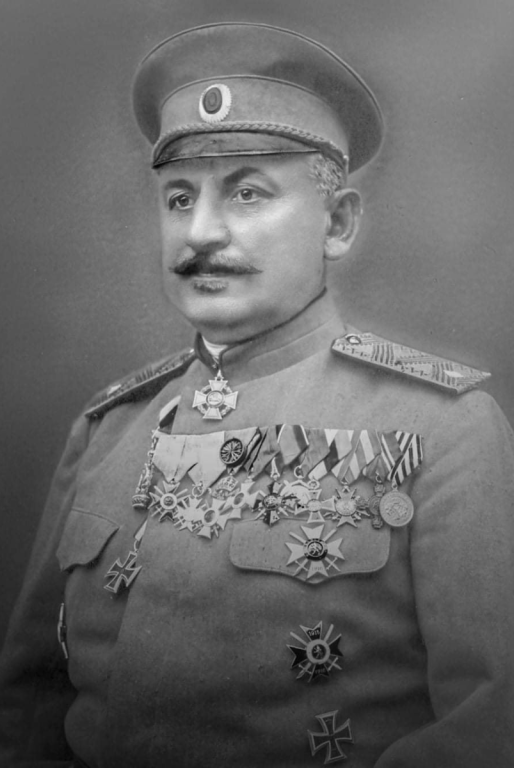
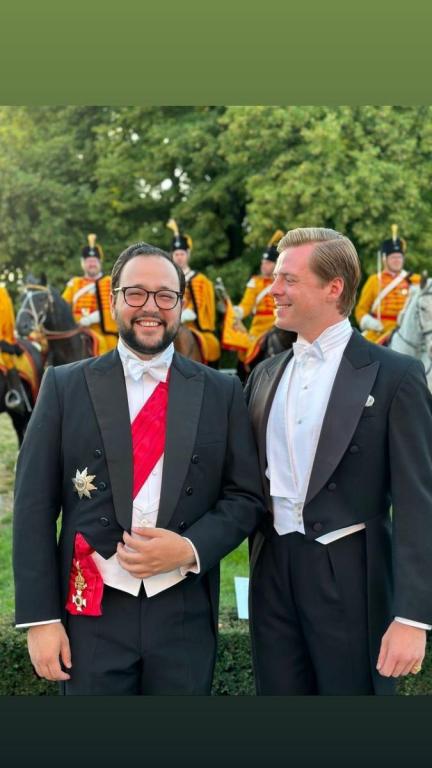

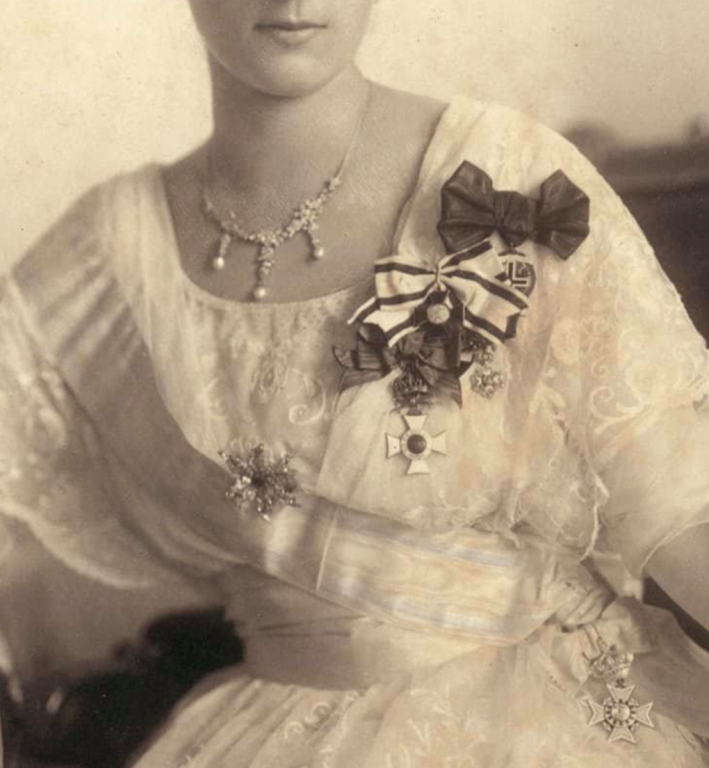
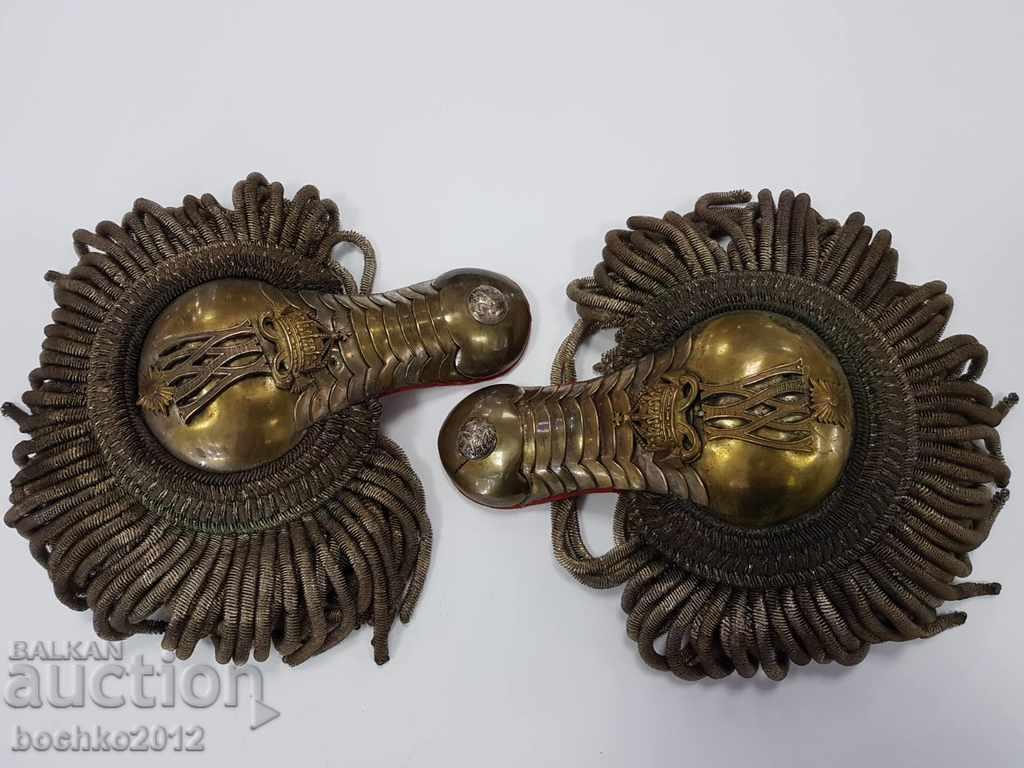
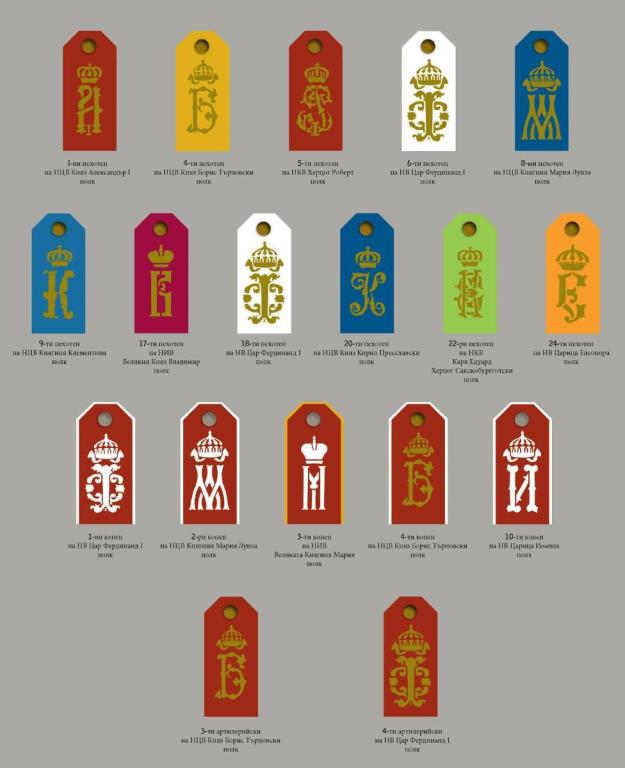
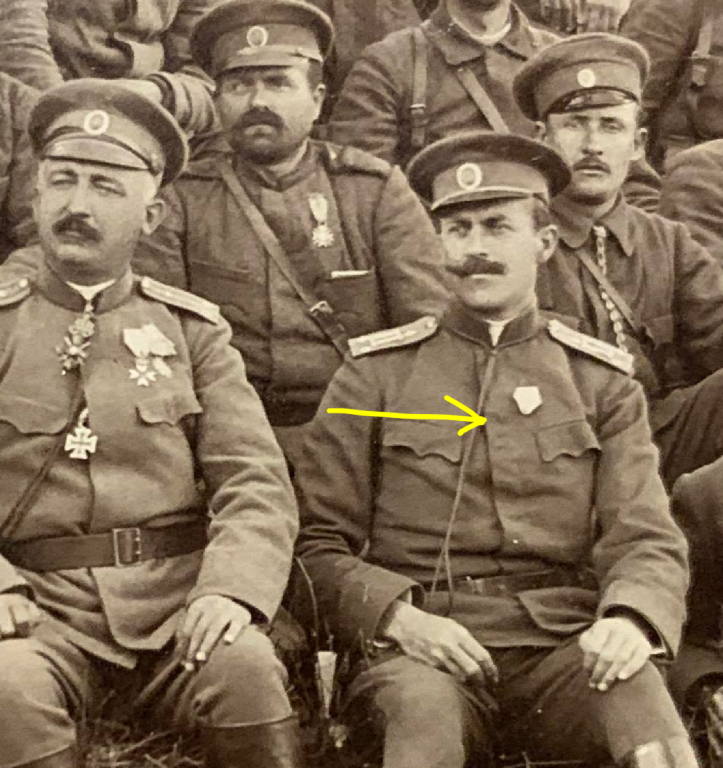
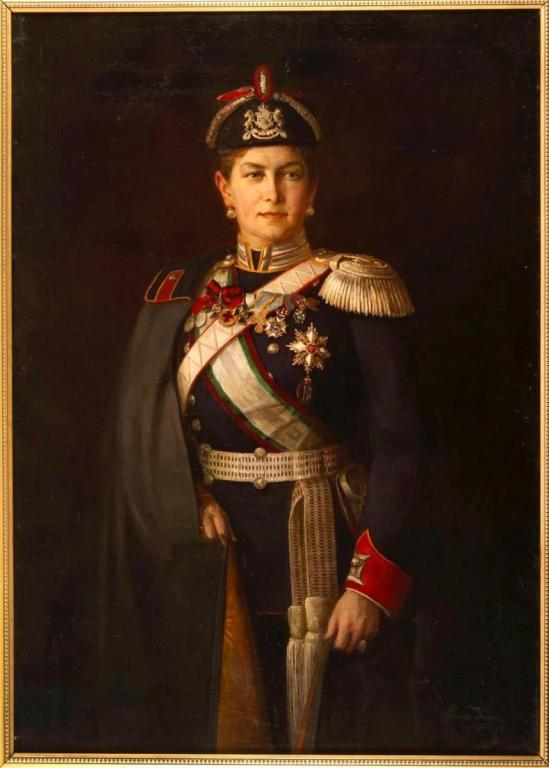
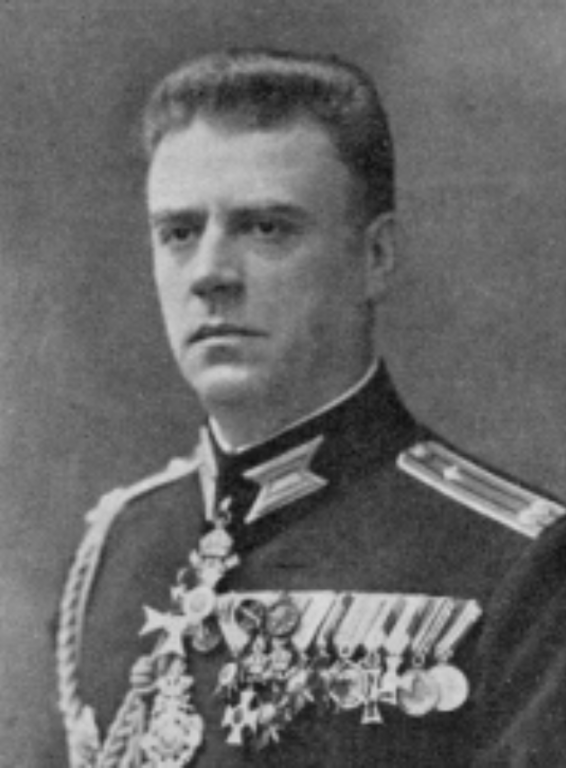

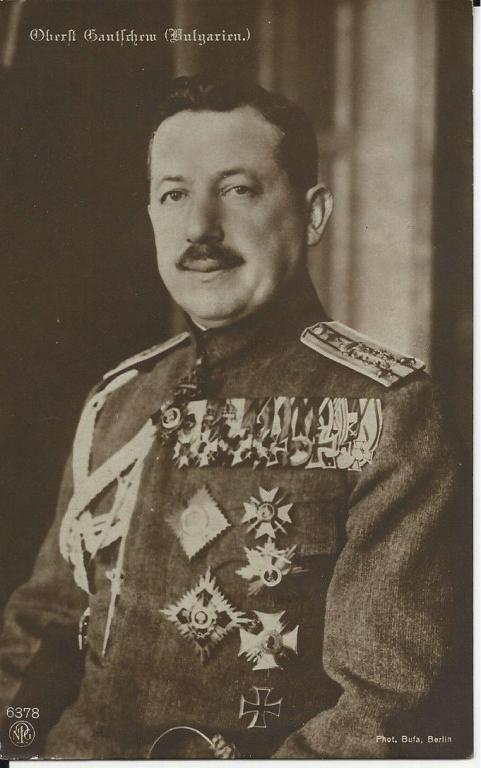
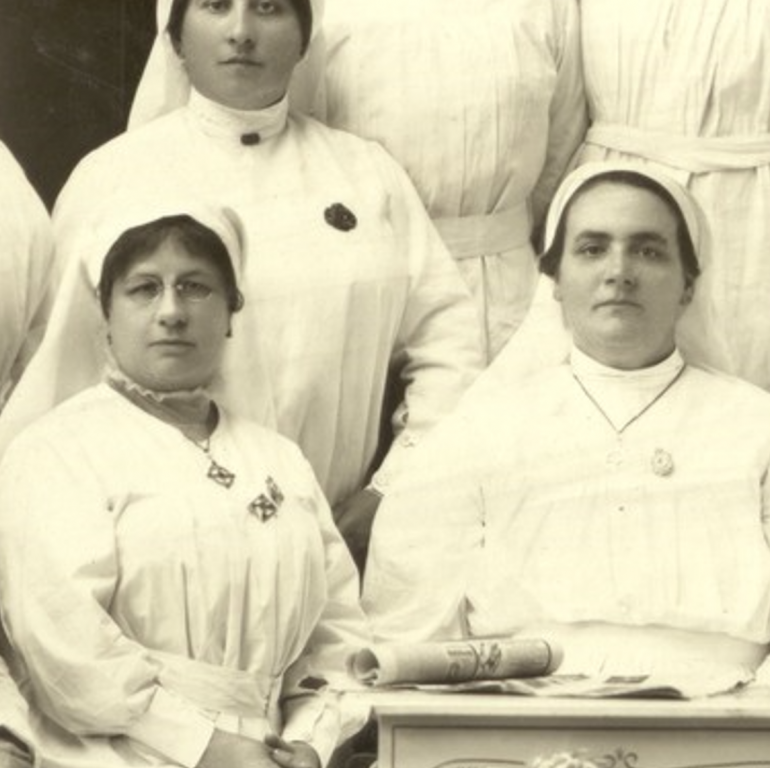
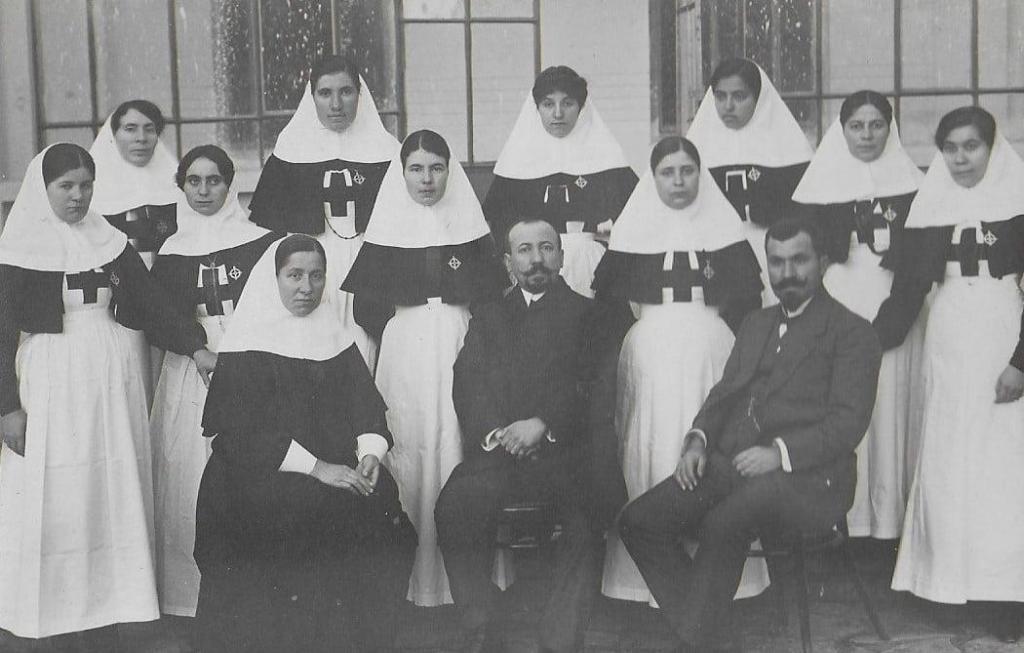
Unusual Bulgarian soldier's cross with short swords
in Central & Eastern European States
Posted
Most likely, yes. As long as the cross appears 'golden' (that is, either of yellow metal or gilded) and, of course, hasn't been altered by greedy 'traders' later on, it would be the top two classes.
No, that is incorrect. Until [at least] the end of the war, there were 3 classes of the soldiers' cross. However, we can be fairly certain that there were no wartime decorations, per se. In December 1885, once the war had ended, a fourth class is added. And no, the folding of the ribbon had little significance and cannot be used to date crosses - we can see pentagonal ribbons from the Balkan wars, as well. The folding of the ribbon was just a preference of the bearer, ribbon manufacturer specifics (to an extent) and partially a heritage from the Russian influence in the Bulgarian military.
Yes, it's possible.
We do not have sufficient information to speculate about the country of origin.
If you are interested in the historical aspects of the topic, I would encourage you to search for Todor Petrov's book "Наградната система на България (1878 - 2010 г.)". It's a very good source of information, giving a clearer historical context, especially for those initial stages of the award system.